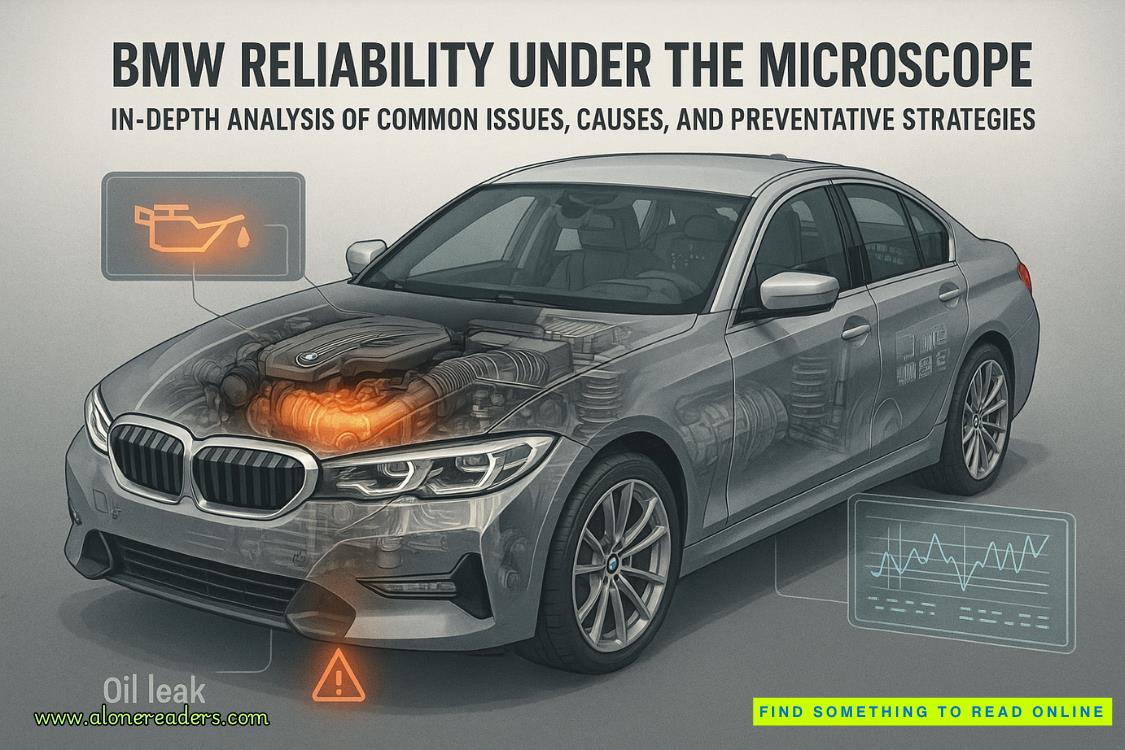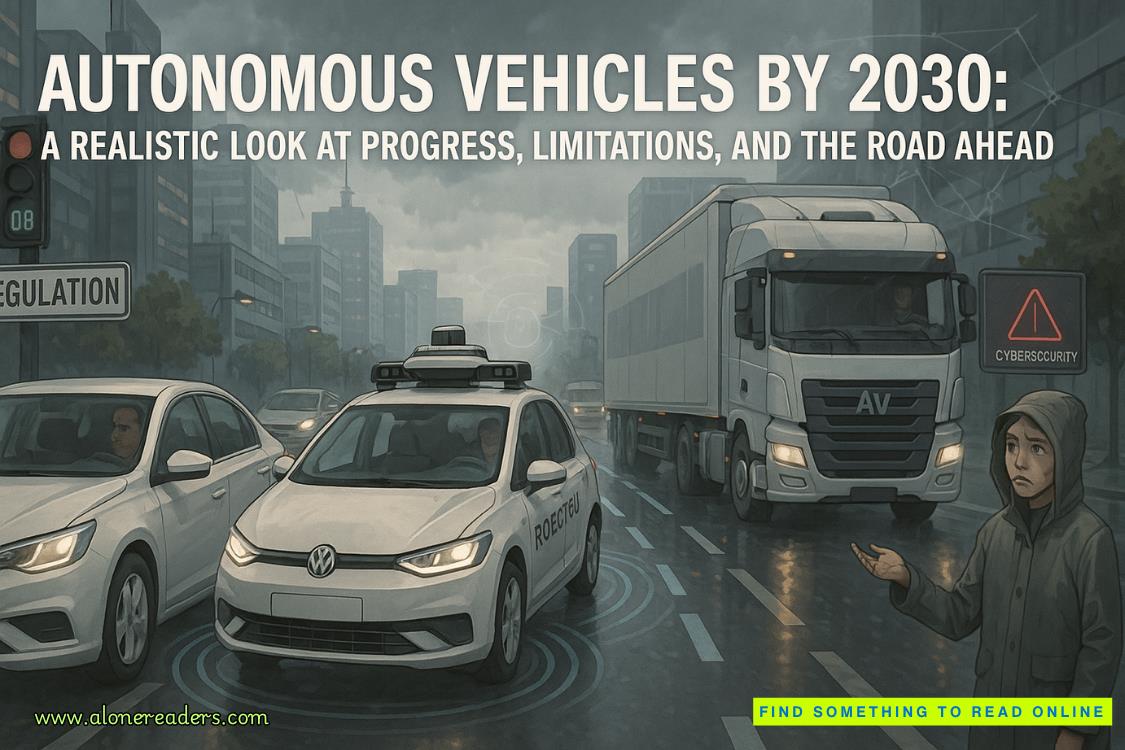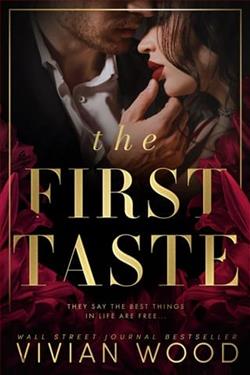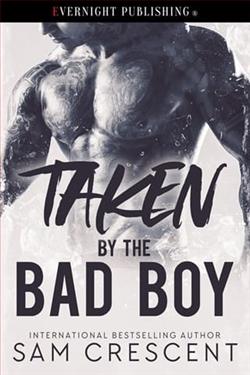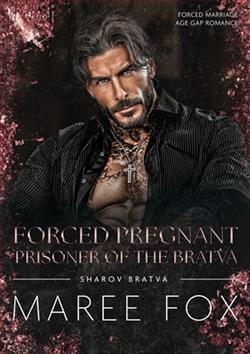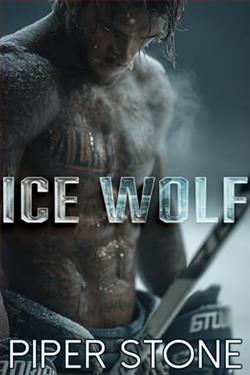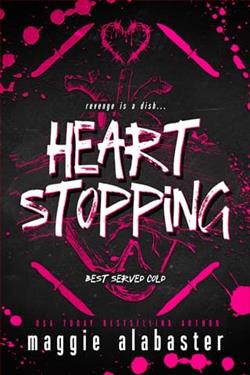Page 105 of All These Beautiful Strangers
“Got it right here,” he said. He slid up to the cash register to ring me up. He had long, greasy hair. His name tag read Randy.
“Let us know if you need anything else,” the older man said before he walked off to assist another customer.
“So, uh,” Randy said, glancing over his shoulder to ensure the older man wasn’t within earshot, “we don’t normally develop these types of shots. Actually, it’s kind of our policy not to develop this stuff. But, you know, being all ‘to each his own’ as I am, I can sometimes be persuaded to look the other way.”
“What?” I asked. What did he mean, “these types of shots”?
“You know,” he said, leaning over the counter toward me and lowering his voice. “For a price.”
I stared at him, confused.
He sighed. “You know, like a twenty-spot or something, and we’ll call it even,” he said.
“Um, are you sure you have the right person?” I asked, adjusting the strap of my purse on my shoulder. “They’re just a bunch of pictures my daughter took. She’s seven.”
Randy looked back at the writing on the envelope. “Grace Calloway?” he asked.
“Yeah,” I said. “That’s me. But maybe the film got switched or something? Can I check just to be sure?”
Randy shrugged and handed me the envelope. “See for yourself,” he said. “But that’s definitely your film. You’re in some of the pictures.”
I opened the envelope. The first shot was of me—it was the one Charlotte had taken in the hallway when I had handed her the camera. The lens was pointed up, and I looked tall in the frame, my hand outstretched to block the shot. I flipped through a dozen others—some of Charlotte and Seraphina, one of Alistair and myself on the boat at sunset. And then I flipped to the next photograph, which clearly had not been taken by my daughter.
My eye caught on the image and I stopped.
There was a face I knew well but hadn’t seen in over a decade. It was Jake. Jake Griffin.
The picture was dark; it had been taken at night. There, in the bottom right-hand corner in red, was the digital time stamp. The picture had been taken in September of 1990, just a few months before Jake died.
In the picture, Jake’s shirt was unbuttoned at the collar; his tie was askew. In one hand, he held a half-drunk beer bottle. In the other, he pointed his middle finger at the camera, a sloppy smile on his face.
In the next picture, I could make out the ghostly white belly of a girl lying across the hood of a car, her shirt pulled up to expose her breasts. There was a powdery line of coke across her stomach. The camera caught Matthew York—one of Alistair’s friends—as he leaned forward, finger plugging one nostril, midsnort.
There were other pictures. And not just of Jake, but of other kids too. People I recognized, though they were older now. There were Freddy Heinz, and Margot, and Marissa Saunders, and Alistair.
In one picture, Margot was naked, her body marked up with red permanent marker—parts of her were circled or X’d out. Words had been written on her body in a dozen different scrawls, as if everyone had taken their turn. Fat, slut, whore, ugly, desperate, sad, bitch.
I didn’t want to look anymore. I didn’t want to know. They were terrible pictures. Why would anyone take them to begin with? Why would anyone keep them?
But I couldn’t help myself. I flipped to the last two pictures. There was Jake, with his arm slung around Alistair. Margot was on his other side, on her tiptoes, leaning forward to plant a kiss on Jake’s cheek. Matthew York was on Alistair’s other side, mouth open, howling with silent laughter. They were standing on the lip of a cliff. The time stamp on the bottom read, 9:32 p.m., December 21, 1990. The date stopped me cold. That was the night Jake died—just a few hours before Jake’s estimated time of death, according to the autopsy report. And behind him, there was the ledge where he had jumped. But here he was, not by himself, but surrounded by friends, his face split into a smile. He looked so full of life, so happy. How could this Jake—the one staring at me in the photograph—how could he be minutes away from jumping off that ledge?
“What happened to you?” I whispered to the photograph, forgetting myself, forgetting that I was in a public place. “What happened?”
My eyes slid over to my husband’s boyish face. Alistair had been there that night. He had never told me that. Even when I stood next to him in that art gallery years ago and told him how I blamed myself for Jake’s death. How I felt sick with guilt that I hadn’t known how much pain Jake must have been in to take his own life. I had shown him my deepest, darkest pathetic bits, and he had said nothing.
No, he hadn’t said nothing. That wasn’t true. He had held my hand, I remembered now. It was such a soft and unexpectedly tender gesture. And he had said that what had happened to Jake wasn’t my fault, but that he didn’t have any answers.
“Pretty gnarly,” Randy said.
I looked up. I had forgotten for a moment where I was. Randy was looking at me expectantly.
“Not exactly G-rated, you know?” he said. “Some of that stuff is hard to look at.”
“Yeah,” I said.
“So are they yours?” he asked. “I mean, you’re in some of the shots.”
“I’ll take them,” I said. I opened my purse and slid a twenty-dollar bill discreetly across the counter.


